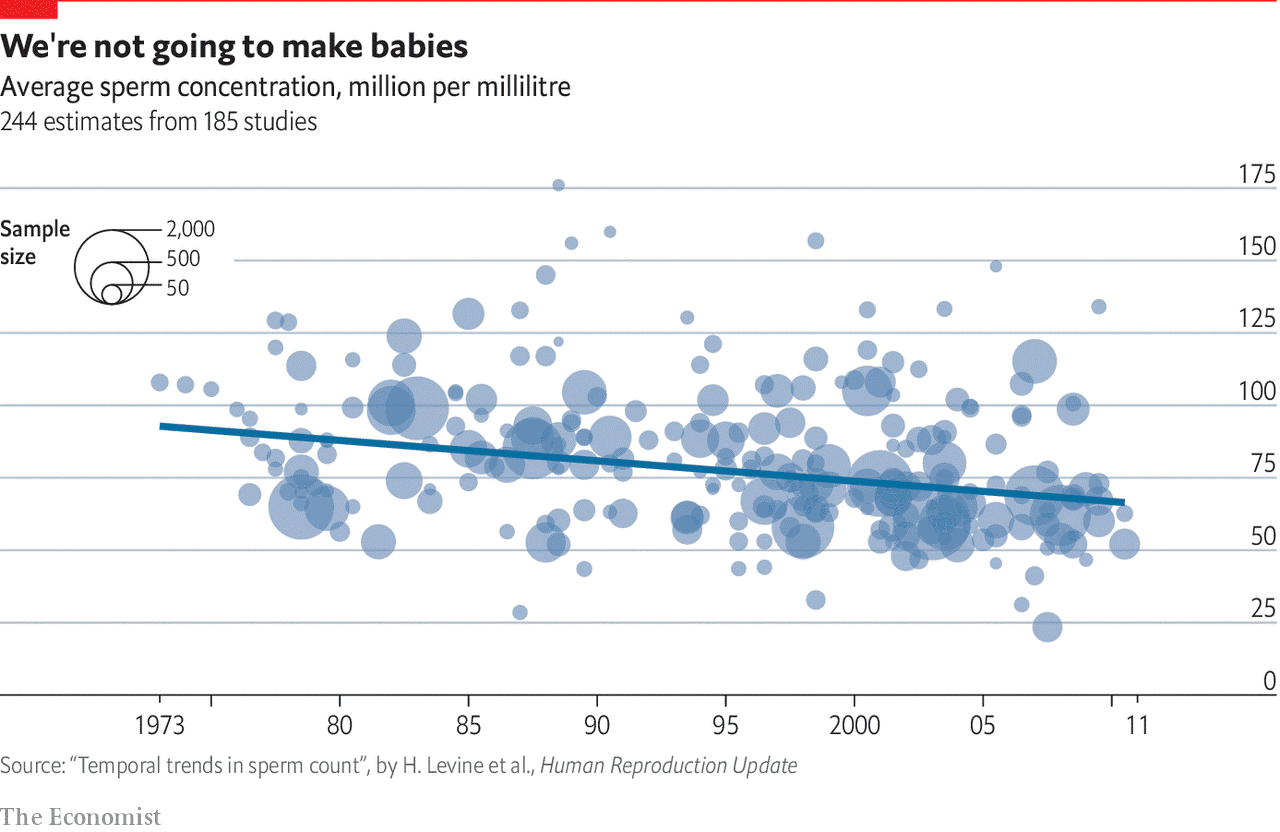Earth's new ocean
By The English Farm, June 28 2021According to the National Geographic Society, Earth now has a new ocean: the Southern Ocean.
Geographers have debated whether the waters around Antarctica had enough unique characteristics to deserve their own name, or whether they were simply cold, southern extensions of the Pacific, Atlantic, and Indian Oceans.
With a range stretching the circumference of Antarctica to the 60-degrees South latitudinal line, the Southern Ocean “encompasses unique and fragile marine ecosystems that are home to wonderful marine life such as whales, penguins, and seals,” explains National Geographic’s Enric Sala. The region includes such creatures as migrating humpback whales and many different seabirds.



